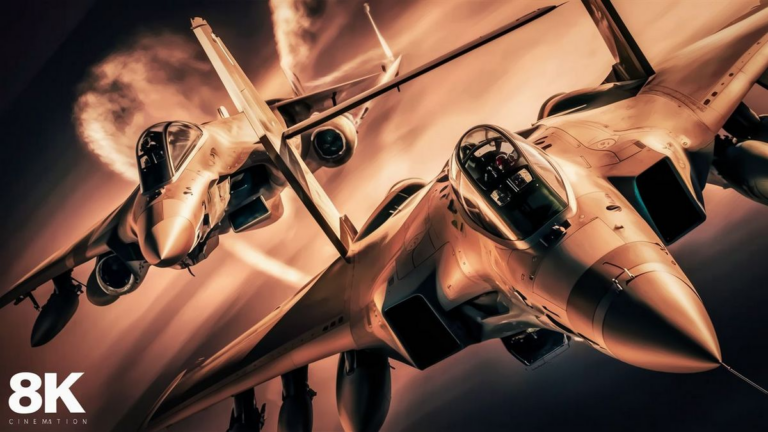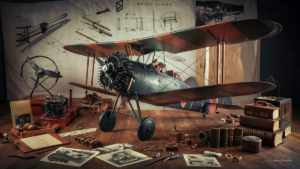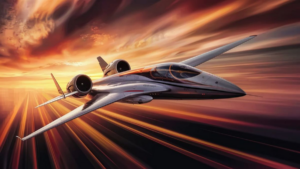When it comes to discussing the maximum speed of aircraft, it’s essential to consider various factors that contribute to this capability. From military jets to commercial airliners, each aircraft type is designed with specific performance parameters in mind. Let’s delve into the realm of aviation and explore which aircraft stands out in terms of maximum speed.
The Need for Speed in Aviation
Speed is a crucial aspect of aviation, influencing factors such as travel time, fuel efficiency, and mission effectiveness. Whether it’s achieving supersonic speeds for military operations or enhancing passenger experience through faster travel, the quest for higher maximum speeds has been a driving force in aircraft design and development.
Supersonic vs. Subsonic
One of the defining characteristics of aircraft speed is whether it operates at supersonic or subsonic speeds. Supersonic aircraft, capable of exceeding the speed of sound (approximately 767 miles per hour or 1,235 kilometers per hour at sea level), include iconic examples such as the Concorde and military jets like the Lockheed SR-71 Blackbird. On the other hand, subsonic aircraft operate below the speed of sound and constitute the majority of commercial airliners in service today.
Top Contenders for Maximum Speed
Several aircraft have earned reputations for their impressive maximum speeds, each excelling in its respective category:
- Fighter Jets: Military fighter jets are renowned for their agility and speed. Aircraft like the F-15 Eagle, MiG-31 Foxhound, and F-22 Raptor are among the fastest operational jets, capable of reaching speeds exceeding Mach 2.
- Commercial Airliners: While commercial airliners prioritize fuel efficiency and passenger comfort over sheer speed, some models still boast impressive maximum speeds. The Boeing 747 and Airbus A380 are notable examples of large passenger jets known for their high cruising speeds.
- Experimental Aircraft: Throughout history, various experimental aircraft have pushed the boundaries of speed and performance. Projects such as the X-15 rocket plane and the NASA X-43A set records for hypersonic flight, reaching speeds several times faster than the speed of sound.
Factors Influencing Maximum Speed
Several factors influence an aircraft’s maximum speed, including:
- Aerodynamics: The design of an aircraft’s wings, fuselage, and control surfaces significantly impacts its speed capabilities.
- Engine Power: The thrust generated by an aircraft’s engines is crucial for achieving and sustaining high speeds.
- Weight and Load: The overall weight of the aircraft and its payload affect its acceleration and top speed.
- Altitude and Atmospheric Conditions: Air density and temperature at different altitudes can either hinder or facilitate high-speed flight.
Ultimately, the question of which aircraft has a higher maximum speed depends on the specific context and criteria used for comparison. While military jets often dominate the realm of sheer speed, commercial airliners prioritize other factors such as range and passenger capacity. Regardless of the type, each aircraft represents a remarkable feat of engineering and serves a unique purpose in the vast expanse of the skies.
Frequently Asked Questions
Here are some common questions related to aircraft maximum speed:
- How does aerodynamics affect maximum speed? Aerodynamics plays a crucial role in determining an aircraft’s maximum speed. Efficient airflow over the wings and fuselage reduces drag, allowing for higher velocities.
- What is the significance of engine power in achieving maximum speed? Engine power directly correlates with an aircraft’s ability to attain and sustain high speeds. More powerful engines produce greater thrust, enabling faster acceleration and top speeds.
- How do altitude and atmospheric conditions impact maximum speed? Altitude and atmospheric conditions affect air density and temperature, influencing an aircraft’s performance. Higher altitudes with lower air density can limit maximum speed, while favorable atmospheric conditions can facilitate faster flight.
Exploring Future Trends
Looking ahead, advancements in aviation technology continue to push the boundaries of maximum speed. Emerging technologies such as hypersonic propulsion systems and innovative aerodynamic designs promise even faster and more efficient aircraft in the future.
| Factor | Influence on Maximum Speed |
|---|---|
| Aerodynamics | The design impacts drag, affecting speed. |
| Engine Power | Greater thrust enables higher speeds. |
| Weight and Load | Heavier loads can impede acceleration and speed. |
| Altitude and Atmospheric Conditions | Air density and temperature influence performance. |
See also:






